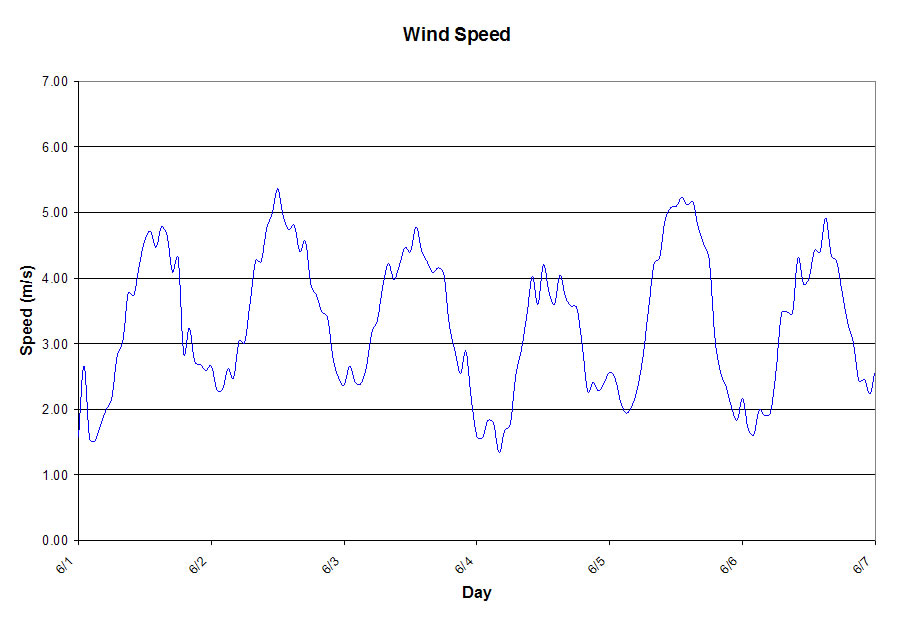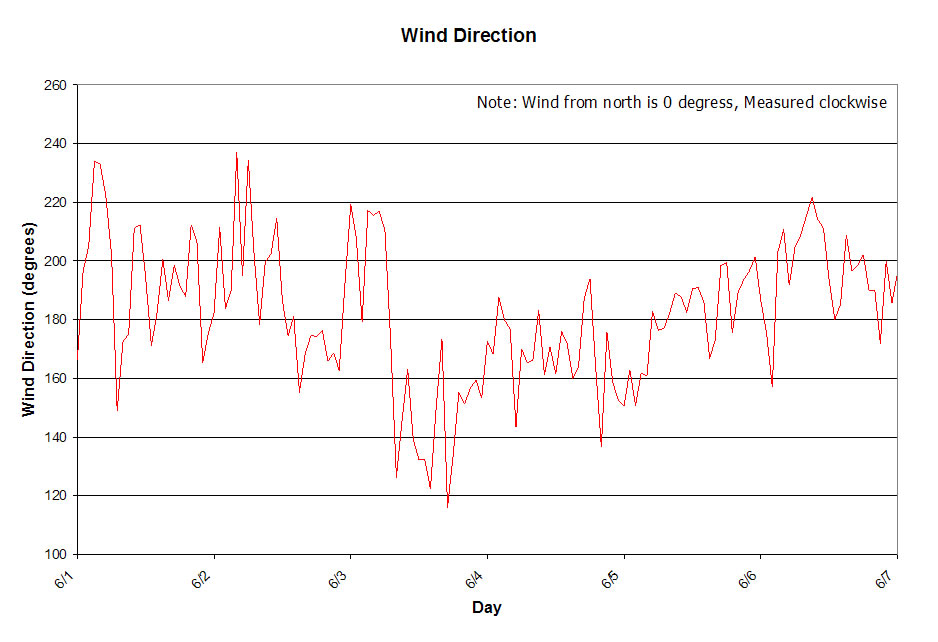-
FVCOM BACKGROUND
- Developed at the University of Massachusetts-Dartmouth
- Finite difference Method
- Has advantage of high efficiency coding but incapable of resolving irregular geometries
- Finite element Method
- Greatest advantage is its geometric flexibility
- FVCOM was originally developed for the estuarine flooding/drying process in estuaries and the tidal-, buoyancy- and wind-driven circulation in the coastal region featured with complex irregular geometry and steep bottom topography
- The ability of FVCOM to accurately solve scalar conservation equations in addition to the topological flexibility provided by unstructured meshes and the simplicity of the coding structure has make FVCOM ideally suited for many coastal and interdisciplinary scientific applications
Two models widely used are:
Below is an organizational flow pattern for FVCOM coding

FVCOM SIMULATION
Before simulation could occur there was some initial setup work with FVCOM. This work is beyond the scope and will not be discussed here.
Lake Monona and Monona Bay was simulated for a six day time period. The results of the model are due to wind induced currents. The following data represents the wind speed and direction that was inputted into the model.

